The agony of an art director: hire a pro or upgrade a newbie
The agony of an art director: hire a pro or upgrade a newbie
This is a question for which there is no correct answer, but I will try anyway. Together with Igor Koropov at Skillbox we are working on the second one. At the same time, I went from being a lone designer to being an art director and studio owner. In general, I will write a little obvious things – I think they will come in handy for novice heads of design studios.
Need
Sooner or later, there comes a time when the manager thinks about scaling the studio. At this point, he has an impressive portfolio and a line of clients (well, otherwise why expand). And a line of clients, as a rule, means that the studio has established itself as an expert in some area, found a niche and occupied it. Well, that’s how AIC did with the popularization of UX and the financial industry at one time. Realizing the need, the art director starts looking.
Search. Stage one: I want a professional
The first logical thought that comes to mind is to take a cool designer who already knows everything. And the art director starts looking for a super-professional with a kilometer-long portfolio and years of work. The studio posts a vacancy, where it deliberately emphasizes that it does not take newcomers.
And this seems to be normal. An experienced designer has undeniable advantages.
No need to teach. Learning is a waste of time and money. And at the end of such an adventure, a black box awaits any employer: either a person will learn everything and get involved in the process, or he will have to say goodbye to him. It is clear that there is a gateway in the form of an HR, and then another one in the form of a personal interview with you, but even this does not always work and failures happen. An experienced designer is insurance against such cases.
Makes it fast. A beginner may simply not know the shortcuts and the location of the tools on the working panels. Or he will spend hours looking for photos, retouching, animating or creating a concept – simply because he wants to perfect it right away. And you have several projects hanging, and everything should be done faster – a person without work experience can stall everything. The pros in this case are a ready-made working tool for making profit from projects and “awesome” from a studio account on Behance.
Can share experiences. Where the designer comes from has his own approach to organizing work and his own hacks. You can take some of it into service and then wonder why we ourselves didn’t think of it before. The main thing in this case is to listen more often to the suggestions that he makes, especially this will be noticeable at first.
Appreciates his work. People who have already worked, as a rule, do not jump from place to place. Still, with age, you want more stability. And when a newcomer comes, there is always the thought that you will learn him now, and he will leave. An experienced designer most likely has a family, children, mortgages and other anchors that tie him to his place of work – he will not run away in six months, simply because he was called to a startup in Silicon Valley.
All this is true, but there are several things that prevent an experienced designer from settling in your studio:
Inflexibility. A person who has already taken place in his field does not like to be taught. And when you change specialization, this is inevitable, and in the process, conflicts arise again. In general, any company seeks to “reformat” a person for itself, and the one who is already formatted is always a difficult case.
Rogue. A person can be a great specialist, but they simply do not fit your team “in spirit” – as a result, they will annoy others and reduce the overall productivity of the team.
High requirements. To a salary, a workplace – this is absolutely normal, but often beyond the strength of a young, aggressively growing design studio.
In general, an experienced professional is not always a 100% option. Therefore, many are thinking about beginners with little or no experience.
Search. Stage two: should I take an intern?
You can come to this question even earlier, without traumatic experience. Therefore, finding an intern can be a paramount task, especially if the leader does not want to spend a lot of money on an experienced designer who may not take root in the team.
In order not to lose logic, let’s first talk about the merits of young professionals.
Easier to teach. If an experienced designer spits and retrains for a long time, then the beginner will take on everything that he is trusted. And in the end, it will be faster to do what you need.
More enthusiasm. Remember yourself in the first place of work: you want to understand everything, prove that you can – to yourself and to others. And it’s more interesting to work on the whole.
Faster will join the team. Again about corporate culture. A beginner is not used to doing this and not otherwise. Therefore, it will not argue with any points, but will immediately adjust to your style of work. Well, of course, there are unique people who act exactly the opposite, but let’s not talk about sad things.
Okay, you are growing a specialist for yourself, but along the way, you face inevitable problems:
He can’t do anything. Or almost nothing. Let’s say he has basic skills, but sometimes it seems that it is easier to kill than teach – or take and do everything yourself.
He does everything slowly. Which logically follows from the first paragraph. Even when you seem to have told and shown everything, he doubts for some time and simply cannot do some things automatically. In general, the most hellish combination: perfectionism plus inexperience – a person does everything for a long time, courageously clasping his jaws and not asking for advice, and then comes to you with what happened. And it turned out, more often than not, not very well.
He just came to learn. This is not always the case, but it also happens. Your intern has come to gain experience. Will learn and go further.
But this is all very individual. However, as in the case of an experienced designer: if a person really wants to work with you, then he will retrain and will not brandish authority. Only practice shows that beginners say goodbye to their problems much faster.
It must be said that it is more difficult for young companies to recruit newcomers: they need to have a developed program and learning process, a pool of “easy” tasks, and a mentor must be allocated. And to plan that for the first six months a person will generate losses for you and only then he will get out to self-sufficiency.
At some point in time for such purposes, I made a separate project in Basecamp. It was called AIC: Internship. I came up with a pool of “training” problems in advance, taking the most common problems for juniors.

And a description of one of the tasks, for example.
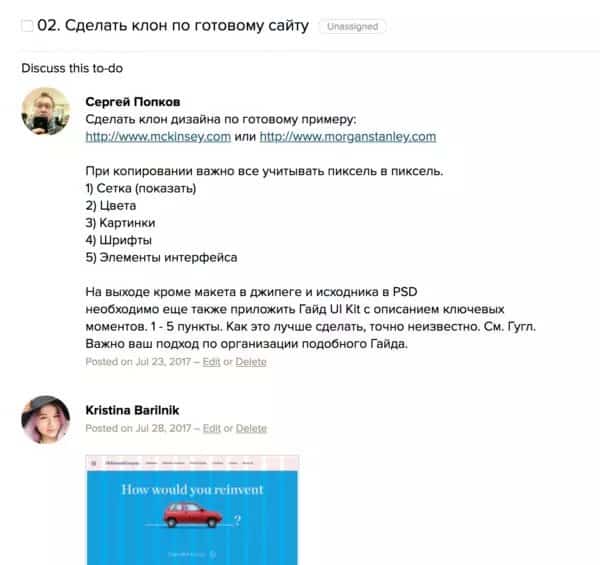
In this case, we are talking about a rather popular method for pumping the visual part, the decomposition method. On the one hand, copying pixel to pixel does not do us credit, but it works great for putting a good design on the shelves in the head. And most importantly, it does not take much time to explain. A good copying result is almost guaranteed.
All that remains is to issue these tasks from time to time and have time to comment. The number of edits is getting smaller from time to time, and in 2-3 months we have an adequate solid junior who may well participate in working projects.
Let’s consider this process using the example of our ex-trainee Christina Barilnik.
Here’s her portfolio at the entrance.

This is what a beginner’s portfolio looks like. Naturally, art directors at large companies never take this seriously.
She was given a test task for the redesign of the PayPal payment service according to Material Design guides. This is always a good option because you set limits. And if a designer can work in guides right off the bat, that’s something.
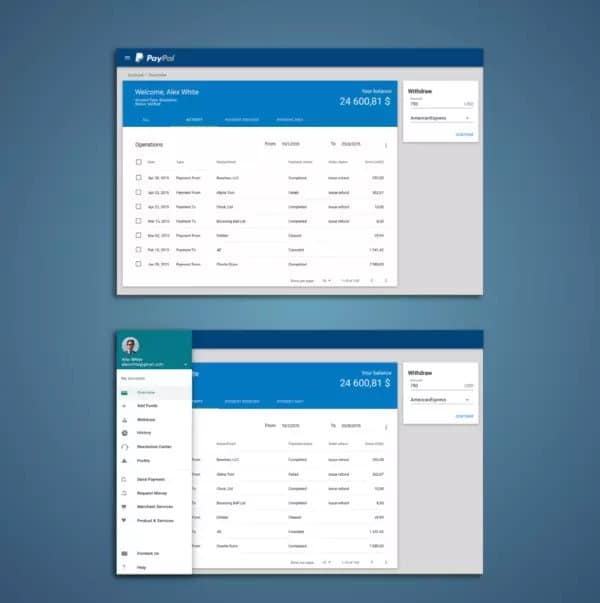
The result was weak, but not hopeless. We decided to take Christina for an internship.
Within a month, Chris did almost all of the Basecamp assignments, plus helped with simple project tasks. I learned how to work with a grid and components, guidelines, adaptive.
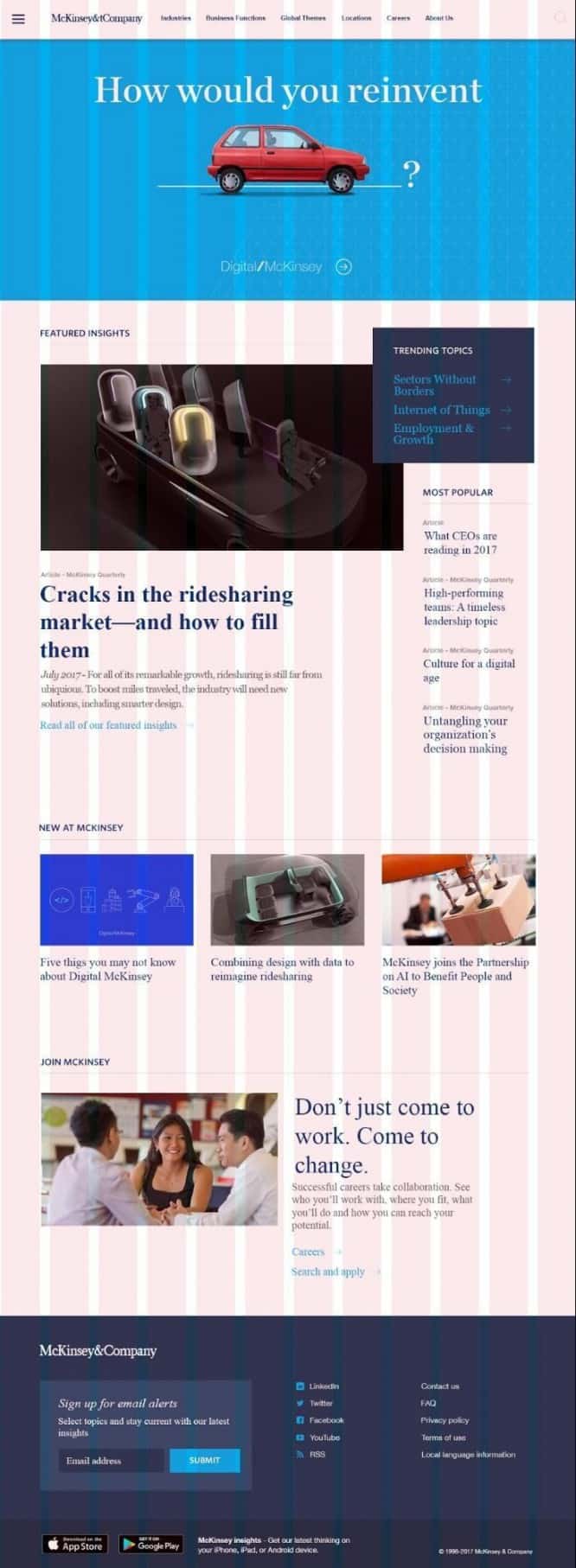
And now, after another 4 months, Christina is working as a designer on several projects. Its level is constantly growing.
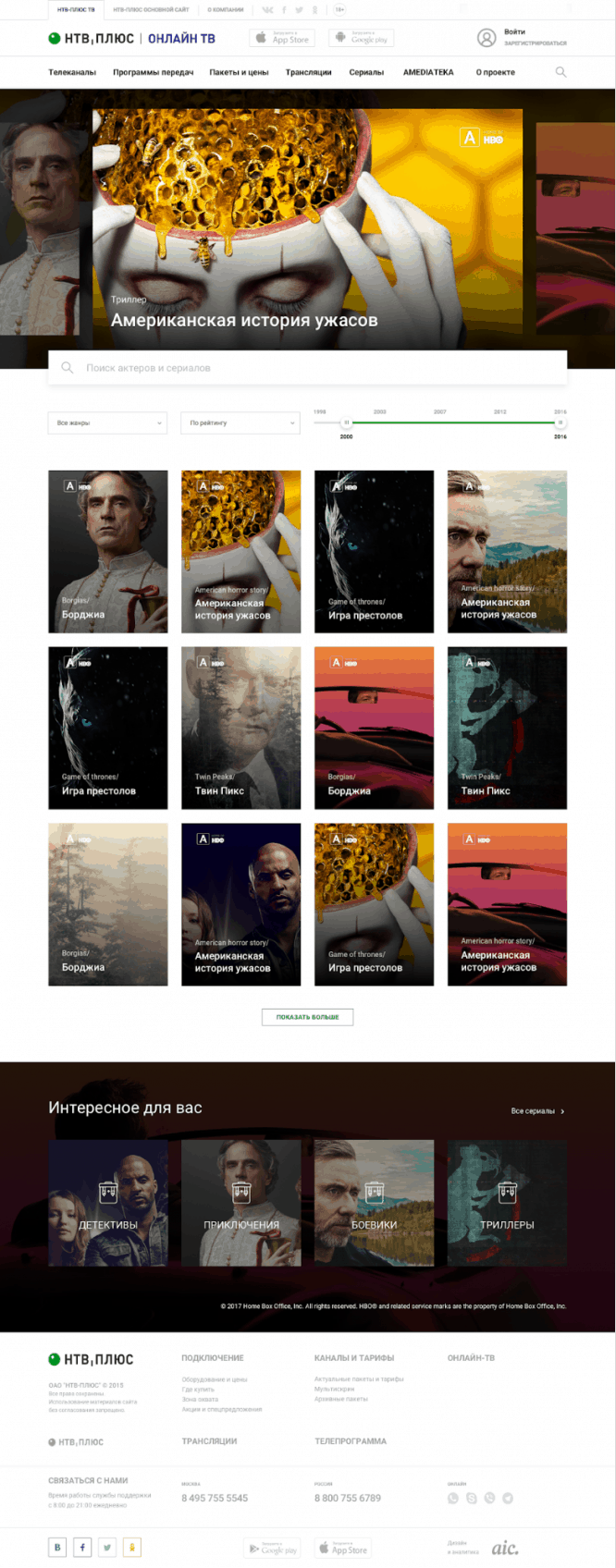
This has become normal practice at AIC. Of all the designers, and there are 60+ people, 4-6 are interns.
Practice. Design pyramid
After a while, you notice that the interns are growing: they carry out most of your assignments, and they spend less and less time on it, show creativity when working with atypical tasks, and even earlier than everyone else they come to the office and leave later. At least that’s what I’ve seen in AIC and Skillbox.
In the process of working with newbies, we have our own team scaling model.
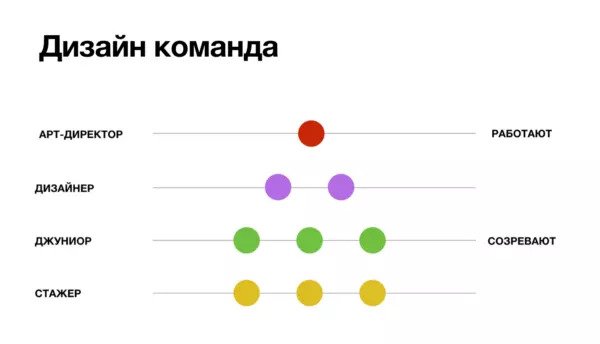
It looks like a pyramid: an art director, under him are two designers, below are juniors, and even below are interns. When someone leaves, one of the lower-ranking employees comes to his place, and the whole team moves up.
In the same way, you can clone an entire team for a new large project: choose one of the leading designers, put at the head of the new pyramid and give the task to form a new pyramid. This option is suitable for those cases when it is no longer possible to integrate new employees into the team.
When you build such a system, you get specialists tailored for yourself. Everyone understands that the pyramid works from below and nobody’s ego suffers.
Funnel of interest
The recipe for success with newbies is to sell them your DNA, your studio culture. They will not come to the studio, be it a newborn or with a 15-year history, if the studio does not have charisma, a name, an aura of awesomeness. At the entrance, they should be interested. There should be style and excitement around your company. Minimal but intriguing.
How to achieve all this, in a nutshell: show your specialization and promote more actively.
And this is also one of the correct strategies for hiring newbies. When 10 people and 200 people apply for a junior vacancy, that’s a big difference. The more responses, the higher the chance of taking the best.
And of course, when entering the territory of young designers, do not forget about VKontakte. According to my estimates, 60,000 young creative professionals are sitting there, in the thematic communities about design. And for many years we have been actively mining them from there 🙂
Finally
You need to really invest in beginners: combine practice with theory, send them to courses, conduct internal events – this speeds up the learning process.
Interns get involved faster and easier than mature designers with their own vision of beauty. In three months you will have confident juniors, and in another six months you will have valuable specialists, the core of your design production.
However, it is worth noting again that the choice of a designer is a very individual story. Of course, it’s worth attracting cool specialists to work. If you are sure they are right for you. But not at all to take newcomers to the team means not to invest in the future of your studio.
Source: vc.ru
…

